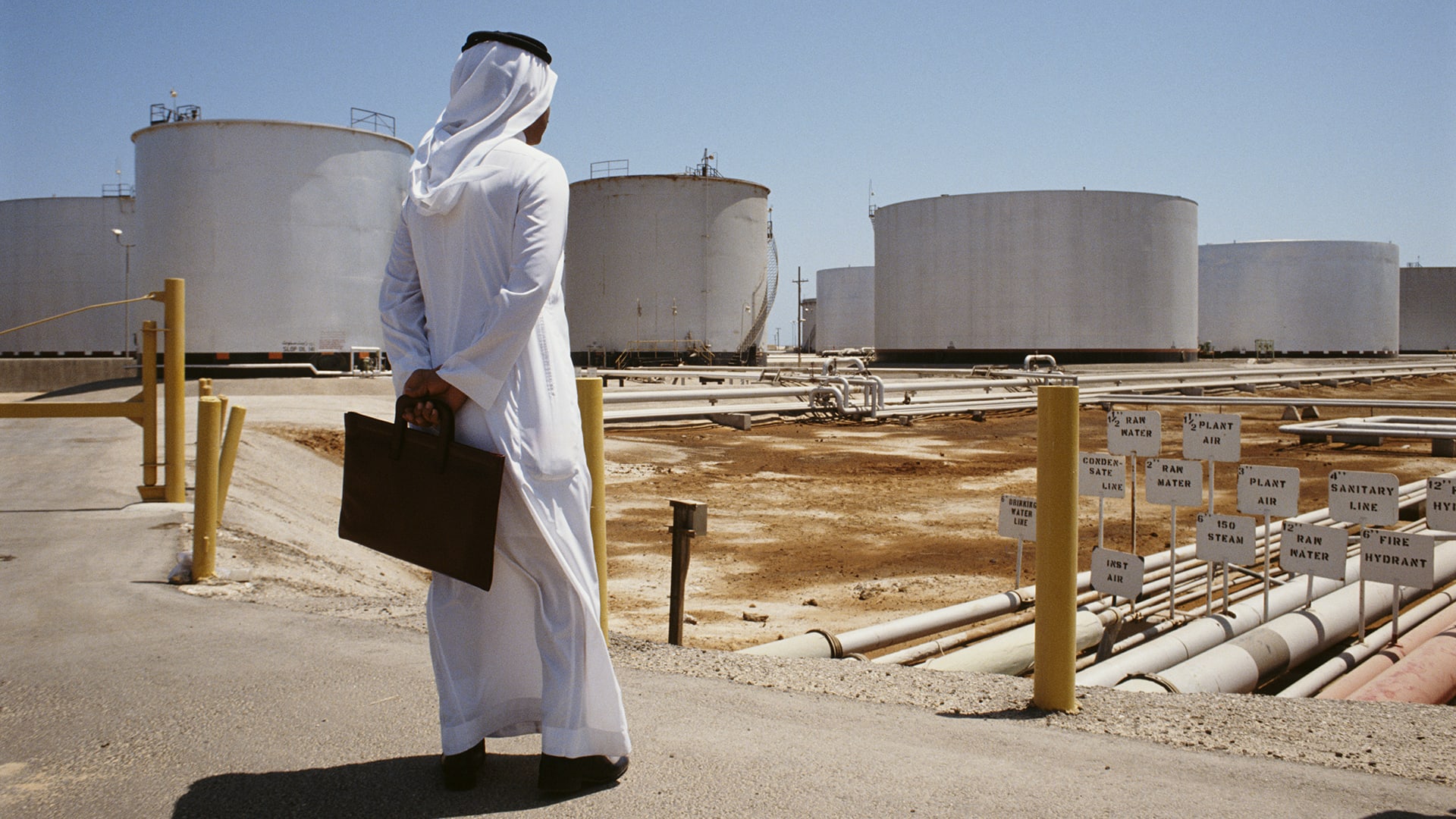Saudi Arabia Issues $3 Billion Bonds After Three-Year Break
09.07.2024 22:00 1 min. read Alexander Stefanov
Saudi oil giant Aramco has reentered the debt market after three years, planning to raise at least $3 billion through bonds maturing in 10, 30, and 40 years.
This move comes as Gulf entities leverage favorable market conditions, with Saudi Arabia issuing $12 billion in bonds and $5 billion in sukuk earlier this year. Aramco last issued global debt in 2021, raising $6 billion.
Aramco, a major revenue source for Saudi Arabia, will declare $124.3 billion in dividends for 2024, primarily benefiting the Saudi government and its Public Investment Fund (PIF).
Recently, Aramco awarded $25 billion in gas expansion contracts, bought a 10% stake in Renault and Geely’s venture, and agreed to purchase liquefied natural gas from Sempra.
Analyst Yousef Husseini suggests the bond sale indicates Aramco’s ongoing aggressive acquisition strategy. The Saudi government, which owns 81.5% of Aramco, recently raised $11.2 billion by selling shares to support its Vision 2030 economic diversification plan. PIF has also raised nearly $8 billion from debt sales.
Monica Malik, chief economist at Abu Dhabi Commercial Bank, notes Saudi Arabia’s significant investment needs continue, with debt markets helping to ease domestic funding pressures. Citi, Goldman Sachs, HSBC, JPMorgan, Morgan Stanley, and SNB Capital will lead the bond sale, with additional banks as joint passive bookrunners. Aramco’s 40-year bond will be its second-longest after notes due in 2070.
-
1
JPMorgan Sees Slow Growth Ahead But No Recession in 2025
18.05.2025 10:00 1 min. read -
2
Cathie Wood Sees Unexpected Upside in Tariff Tensions
20.05.2025 18:00 1 min. read -
3
U.S. Set to Loosen Bank Capital Rules Amid Growing Regulatory Debate
20.05.2025 11:00 2 min. read -
4
Goldman Raises China Outlook as Tariff Truce Lifts Market Sentiment
16.05.2025 16:00 2 min. read -
5
Billionaire Warns of Slowing U.S. Growth, Sees 45% Chance of Downturn
20.05.2025 14:00 1 min. read
Wall Street Veteran Warns Tariffs Could Disrupt AI-Driven Market Rally
Steve Eisman, the famed investor known for forecasting the 2008 housing collapse, is sounding the alarm—not on overvalued tech stocks or interest rates, but on the escalating risk of global trade disputes.
Elon Musk Says Congress Is Bankrupting America
Tensions are escalating in Washington as Elon Musk publicly condemned a sweeping federal spending bill backed by Donald Trump, accusing lawmakers of driving the U.S. toward bankruptcy.
Trump Defends Tariffs as Legal Battles and Global Trade Talks Escalate
Donald Trump is doubling down on his pro-tariff stance, crediting the policy for what he calls a booming U.S. economy.
Robert Kiyosaki Warns of Deepening Financial Crisis, Urges Shift to Bitcoin and Precious Metals
Robert Kiyosaki, author of Rich Dad Poor Dad, has raised alarm bells once again—this time warning that the financial system may already be in the early stages of a historic downturn.
-
1
JPMorgan Sees Slow Growth Ahead But No Recession in 2025
18.05.2025 10:00 1 min. read -
2
Cathie Wood Sees Unexpected Upside in Tariff Tensions
20.05.2025 18:00 1 min. read -
3
U.S. Set to Loosen Bank Capital Rules Amid Growing Regulatory Debate
20.05.2025 11:00 2 min. read -
4
Goldman Raises China Outlook as Tariff Truce Lifts Market Sentiment
16.05.2025 16:00 2 min. read -
5
Billionaire Warns of Slowing U.S. Growth, Sees 45% Chance of Downturn
20.05.2025 14:00 1 min. read


